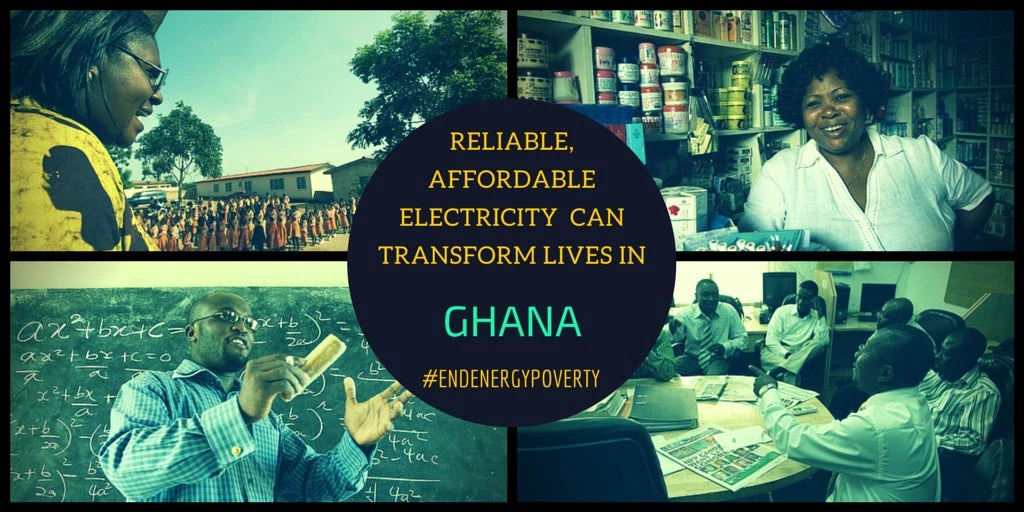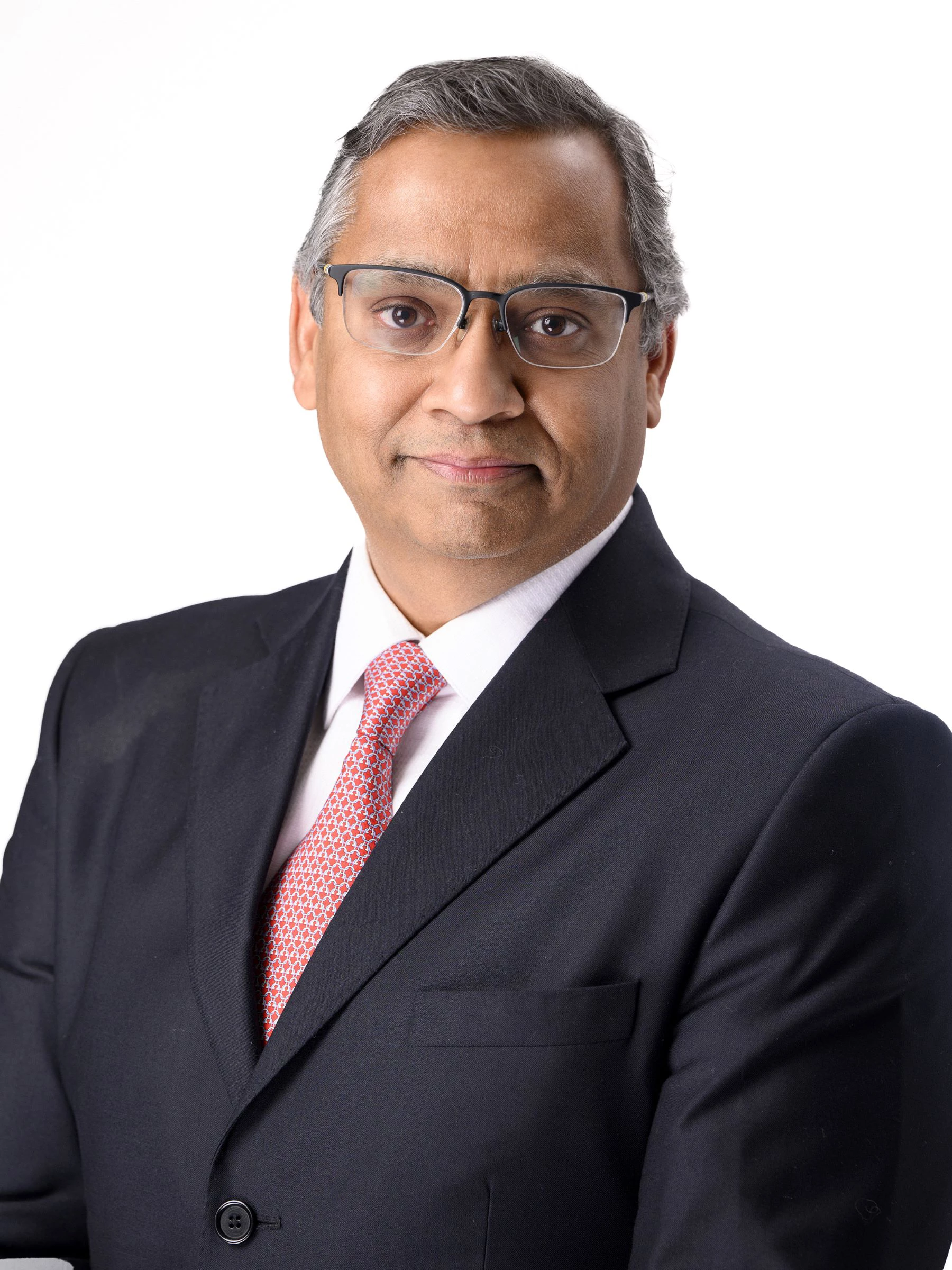It’s not every day that oil and gas companies commit to an $8 billion project, even as commodity prices show no signs of stabilizing. Such a deal is even tougher to orchestrate in Ghana, where the macroeconomic situation has deteriorated in the past two years, resulting in the country’s restructuring program with the International Monetary Fund.
But such an operation did happen.
On July 30, the World Bank Group’s Board of Executive Directors approved the largest guarantee support—$700 million in total—in the 20-year history of the Bank’s IDA/IBRD guarantee program. The combination is unique—it draws together the part of the Bank that helps the world’s poorest countries with the arm that offers long-term loans to middle-income developing countries.
But its result is even more critical, and possibly a best practice for other countries to follow in the future.
The Bank’s guarantee of $700 million will leverage private sector investments of up to $7.9 billion in Ghana’s Sankofa Gas Project. This project aims to support the production of gas to ensure reliable, affordable electricity to Ghanaians and put the country back on the path to economic growth. The economic revenues to Ghana are estimated to be at least $10.5 billion in nominal terms and as much as $15.5 billion, if fuel cost savings from replacing liquid oil fuels with cheaper and cleaner natural gas are taken into account.
But getting private investors to the table at a time when oil prices have dropped to less than half of where they were a few months ago, and when companies are cancelling or shelving many oil and gas projects, is not easy.
When the private sector saw the World Bank’s convening power and its relationship with Ghana work, it was convinced that the Bank can help the project succeed and keep it going in the long run. It was The Bank’s proactive involvement that ultimately reassured Eni Ghana and Vitol Ghana, the deal’s private investors, to stay committed to the project and make the decision to invest. The World Bank also reassured them that our presence in Ghana’s energy sector as well its long standing country support program that facilitated a much larger exposure of $7.9 billion in investments could be secured with a 10 times smaller amount of the World Bank’s support.
As the deal’s “honest broker” between all the project stakeholders, the World Bank was also successful in convincing the government of Ghana, the Ghana National Petroleum Corporation (GNPC) as well as the IMF that government support to the Sankofa Gas Project was essential, but should be structured in a way that limits the use of the sovereign guarantee to the minimum. Structuring such projects in emerging markets environment is no fun and definitely not easy—so hats off to the private sector and World Bank teams that made this possible.
The project ultimately demonstrates that the recent declarations in the context of the Finance4Development initiative—“leveraging trillions with billions for infrastructure”—are becoming a reality with the help of World Bank guarantees. If we look carefully at how much IDA and IBRD resources were used—just $375 million—to attract $7.9 billion in private funds—that’s a whopping leverage of 24.3 times. Such deals do not happen every day. I am glad I was part of it.



Join the Conversation